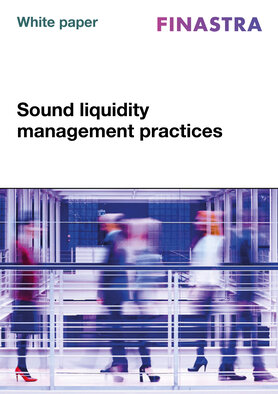Asset and liability management: the nerve centre of modern banks

A robust and profitable balance sheet is the aim of asset-liability management (ALM), alongside the ability to withstand different stresses in the economic environment and result in customer reactions to it. The role of ALM is to uncover risks and prepare banks for sudden changes in market factors and uncharted volatility. But ever-evolving regulatory and compliance mandates can be complex and challenging. Therefore, a multiple-view approach to ALM, including the different dimensions of risk, regulations and finance within the organisation, is key. Today cloud-powered next-generation technology can be an innovative ALM partner for banks to optimise their positions and outperform under multiple regulatory constraints.
Download the whitepaper
Register for free access to hundreds of resources. Already registered? Sign in here.
More related resources
Model risk management scorecard monitoring
Best practices for monitoring vendor scorecard models, drawing from regulatory guidance and industry best practices

Transforming IRRBB into a strategic advantage
Forward-thinking banks are transforming IRRBB from a regulatory obligation into a strategic tool

Practical considerations for effective liquidity management in financial institutions
Strategies and best practices for ensuring financial stability and resilience

Sound liquidity management practices
Ensuring robust liquidity frameworks to navigate market fluctuations and sustain long-term operations

The hidden cost of collateral
As costs rise and high-quality collateral becomes scarcer, improved collateral management is on the radar

